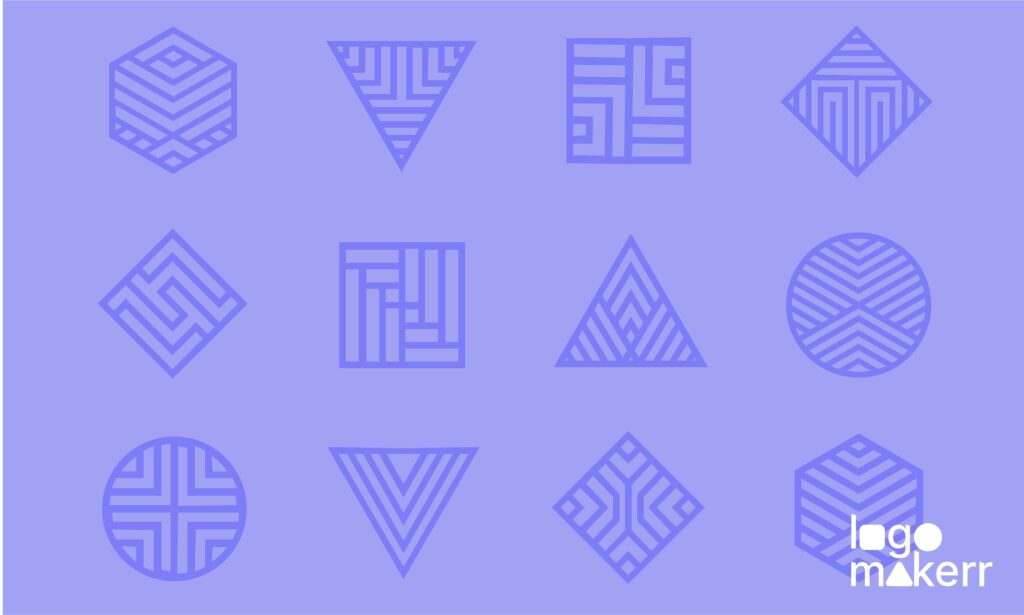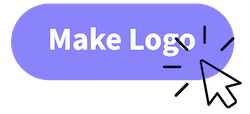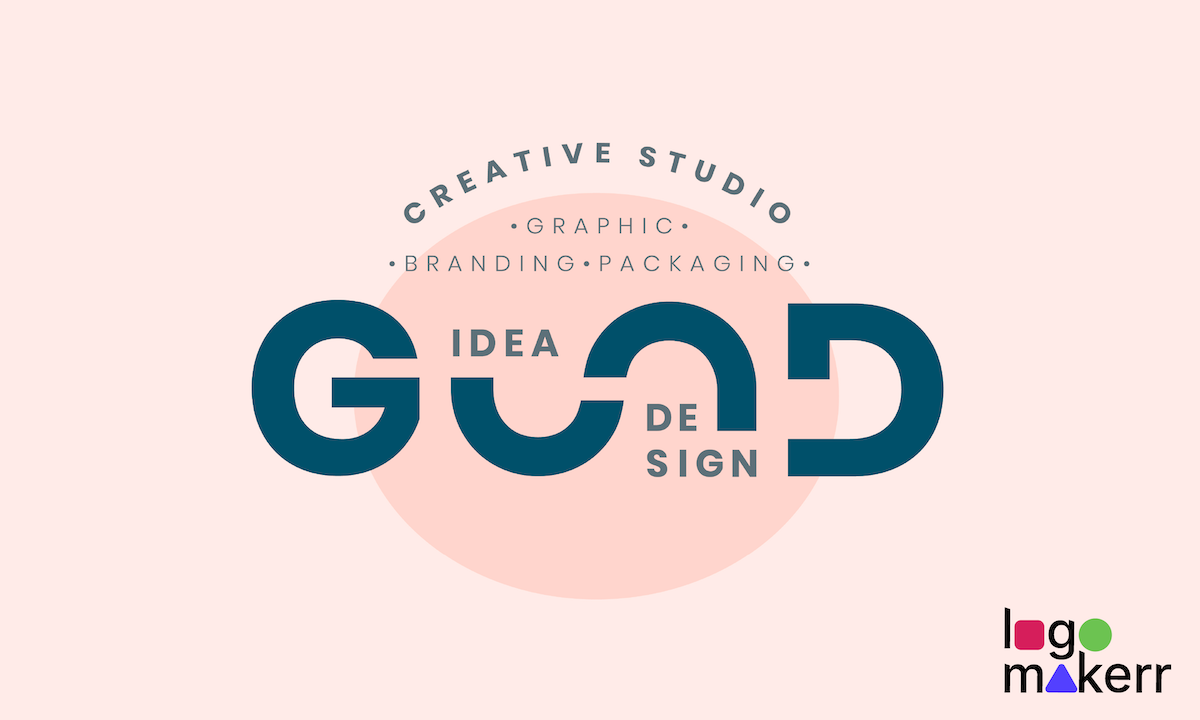A logo is often the first thing people notice about a brand. It’s a visual representation of who you are and what you do, so your logo must make a good impression.
But with many logo designs, you might want to try doing geometric logo designs.
Maybe you think that a geometric logo will be more memorable or easier to recognize. Or perhaps you just think it looks cool! Whatever your reasons are, we’re here to help you learn the basics of geometric logo design.
Let’s explore the world of geometric logo design and see how different shapes and patterns can be used to create unique and memorable logos that perfectly represent a brand.
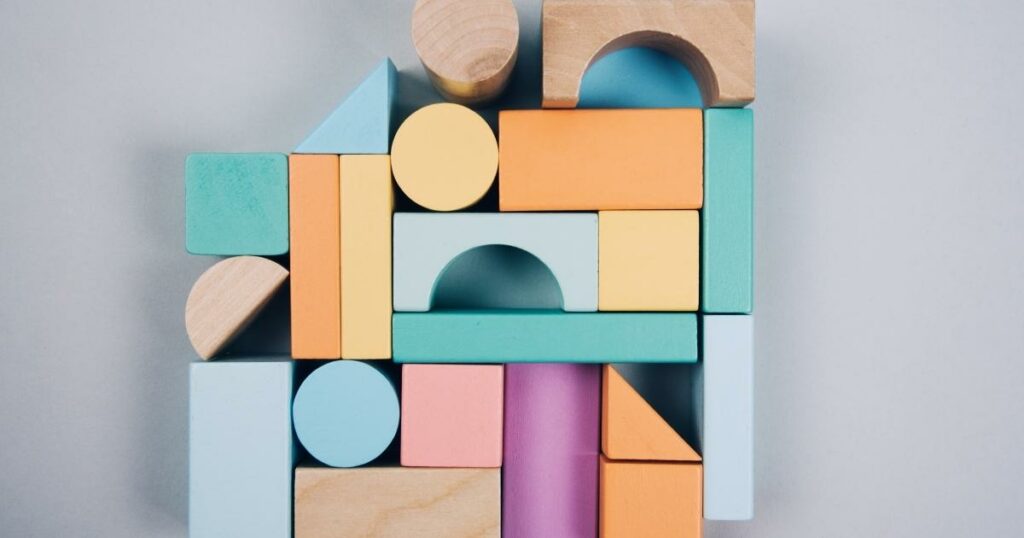
What is a geometric logo, and why use one?
A geometric logo is a type of logo made up of geometric shapes. Geometric shapes are simple and easily recognized, which is why they can be a great asset in branding. There are many different types of geometric logos, but they all share some common characteristics.
There are many reasons to use a geometric logo, and the most common reasons are that geometric logos are memorable, easy to recognize, and timeless. Additionally, geometric logos can be versatile and applied in various mediums or platforms.
Finally, geometric logos often look professional and high-quality, which can help your business or organization stand out from the competition.
What are the basic geometric shapes?
There are three variations of geometric shapes:
- Abstract shapes
- Organic shapes, and
- Geometric shapes
These shapes are the building blocks of all geometric logos.
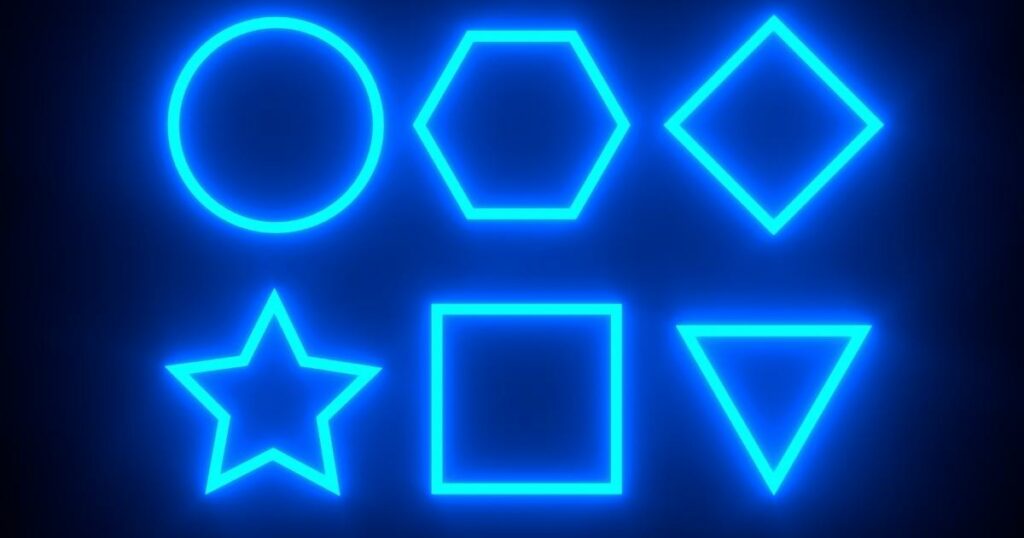
Circles
Every culture uses circular shapes, which are among the oldest human creations. Numerous cultures view the circle as a representation of safety, illumination, and harmony. Circles can surround design elements or serve as the central motif in a logo.
When properly used, circles can also suggest focus and accuracy, as seen in the Target logo.
Squares and Rectangles
Squares and rectangles are the most commonly used geometric shapes, and they can be combined to create more complex shapes or used independently.
Squares often symbolize balance, stability, and reliability. On the other hand, rectangles are dynamic and powerful shape types.
Triangles
Triangles are one of the most versatile geometric shapes, and they can be used to create various symbols, such as pyramids, arrows, and mountains.
Triangles often symbolize strength, stability, and power.
Famous geometric logos
There are many famous geometric logos. Some of the most popular include the following:
Google Chrome
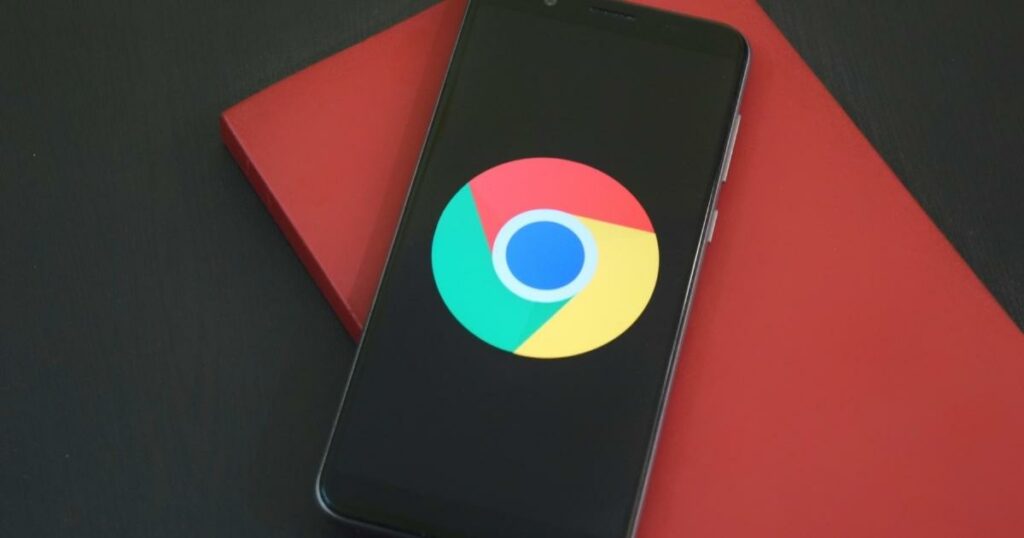
The Google Chrome logo comprises several curved rectangle-like shapes that come together to form a circle. The logo shares the same hues as the main Google brand, and the design effectively communicates the key principles of the Chrome ecosystem: security, speed, and stability.
Viewers may also think of a button when looking at the circle-within-a-circle design.
Microsoft

The Microsoft logo is a simple yet effective design. It comprises four squares arranged in a square formation. The colors used in the logo (red, green, blue, and yellow) are also associated with the company’s brand.
The logo’s geometric shape represents windows, one of Microsoft’s core products. Meanwhile, the squares may suggest the company’s focus on stability and reliability.
IBM
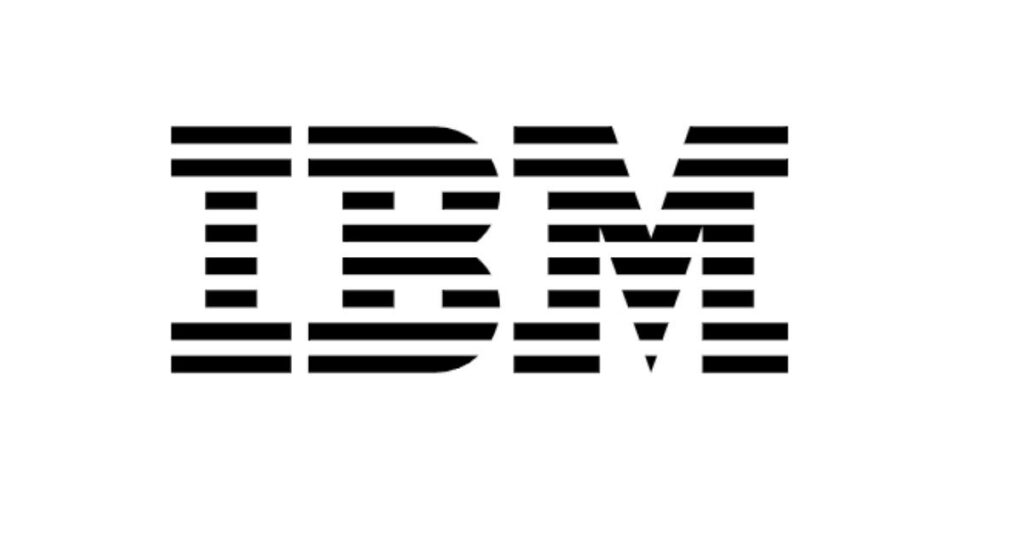
The IBM logo comprises a series of horizontal and vertical stripes, and the stripes tend to represent speed and progression. The design also includes the company’s initials (IBM) in a clear sans-serif font.
Paul Rand, an American art director, and graphic designer, created one of the most famous graphic designers of the 20th century.
Target

The Target logo is a simple red-and-white design, and it comprises a red circle with a white bullseye in the center. The company’s name is written in a sans-serif font beneath the logo.
The Target logo symbolizes accuracy and precision, and the bullseye may suggest that the company always aims for the best possible outcomes.
The basics of a simple geometric logo design
When designing a geometric logo, you must know a few basic things. The first is the different types of geometric shapes you can use, and the most common shapes are circles, squares, triangles, and rectangles.
Another essential thing to remember when designing a geometric logo is that the shapes should be simple and easily recognizable. You don’t want your logo to be too complex or intricate, as it will be difficult for people to remember or recognize your brand.
How to create a simple geometric logo?
Now that you know the basics of simple geometric design, let’s walk through how to create one.
Choose your colors
We recommend using two colors for a geometric logo. You can use more colors, but we find that two colors are a perfect balance.
Choose your shapes
As we mentioned, the most common geometric shapes are circles, squares, triangles, and rectangles. You can use one shape or multiple shapes in your logo design.
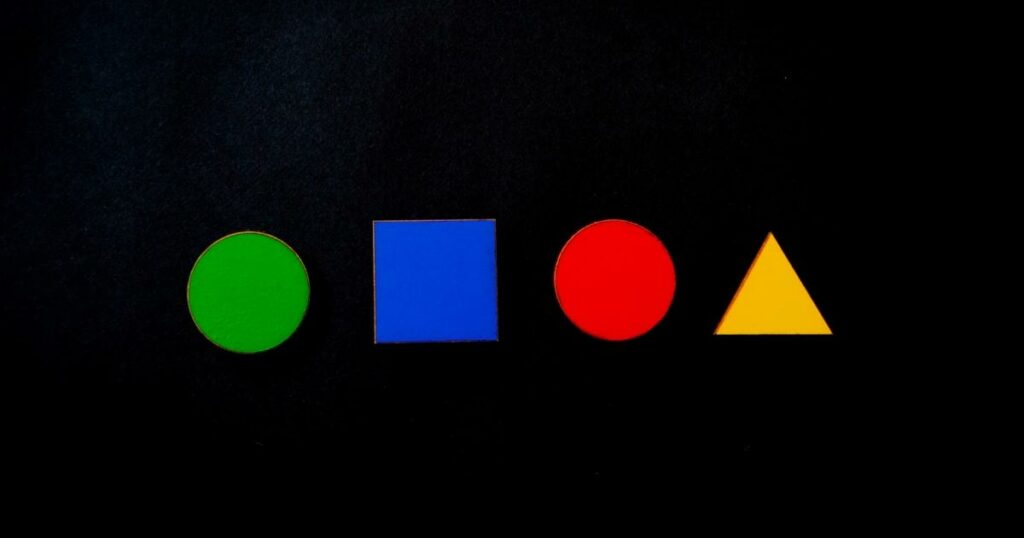
Create your design
Once you’ve chosen your colors and shapes, it’s time to start creating your design. We recommend starting with a simple sketch to get your ideas down on paper. Once you have a sketch you’re happy with, you can begin creating your logo in a vector editing program like Adobe Illustrator.
Alternatively, use an AI logo maker to generate your design for a quicker and more straightforward process.
Tips for creating more complex geometric logos
If you want to create a more complex geometric logo, you can do a few things.
Use negative space
Negative space is the space around or between objects. You can use negative space to create interesting designs and optical illusions.
Use more than one shape.
You can create more exciting and complex designs using multiple shapes such as a triangle, circles, squares, rectangles, etc. Try combining different shapes and playing around with their placement to see what you can come up with
Use different fonts
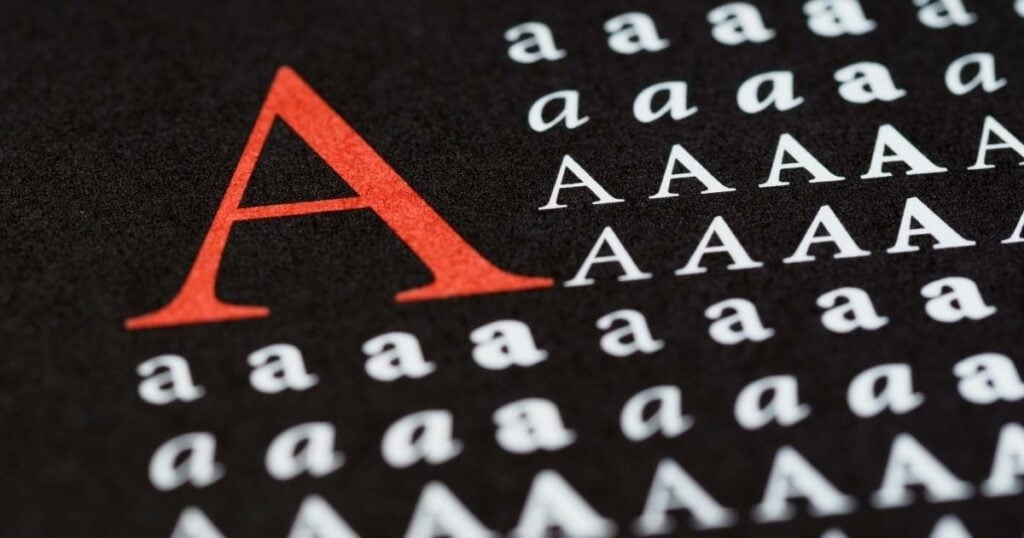
You can use different fonts to add extra visual interest to your logo. Just like what you did with the shape combination, you can do the same with different fonts and typefaces.
Use textures
Texture can add visual interest to your logo and make it stand out from the competition. You can use many textures, such as wood grain, fabric textures, and metal textures.
Experiment!
The best way to learn is by experimenting! Try out different combinations of shapes, colors, fonts, and textures to see what you can come up with.
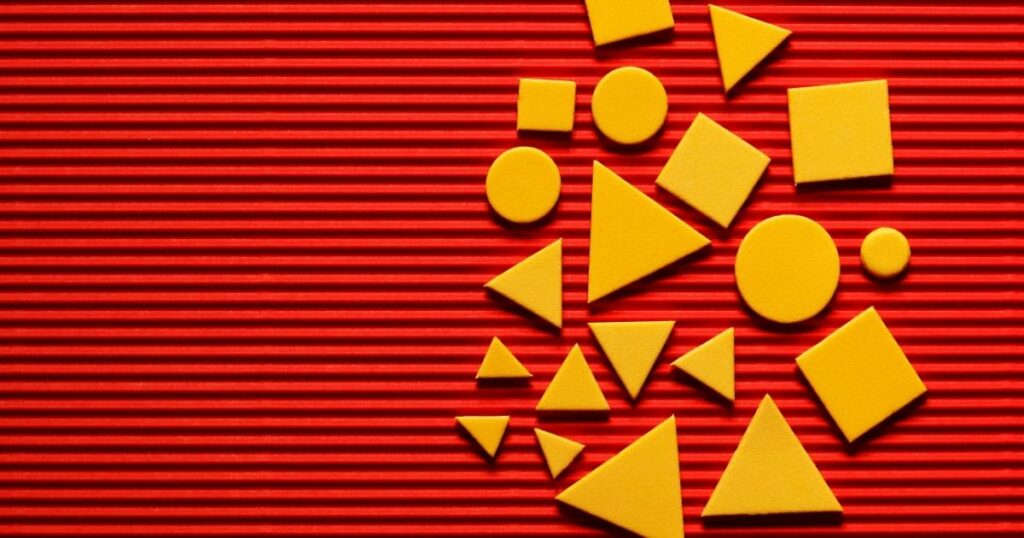
Conclusion
We hope this guide has helped teach you the basics of simple geometric logo design! Remember to experiment and have fun while designing your overall logo look.
If you need any help or inspiration, you can utilize logo maker apps such as Logo Maker AI to help you bring your geometric logo to life in minutes!
